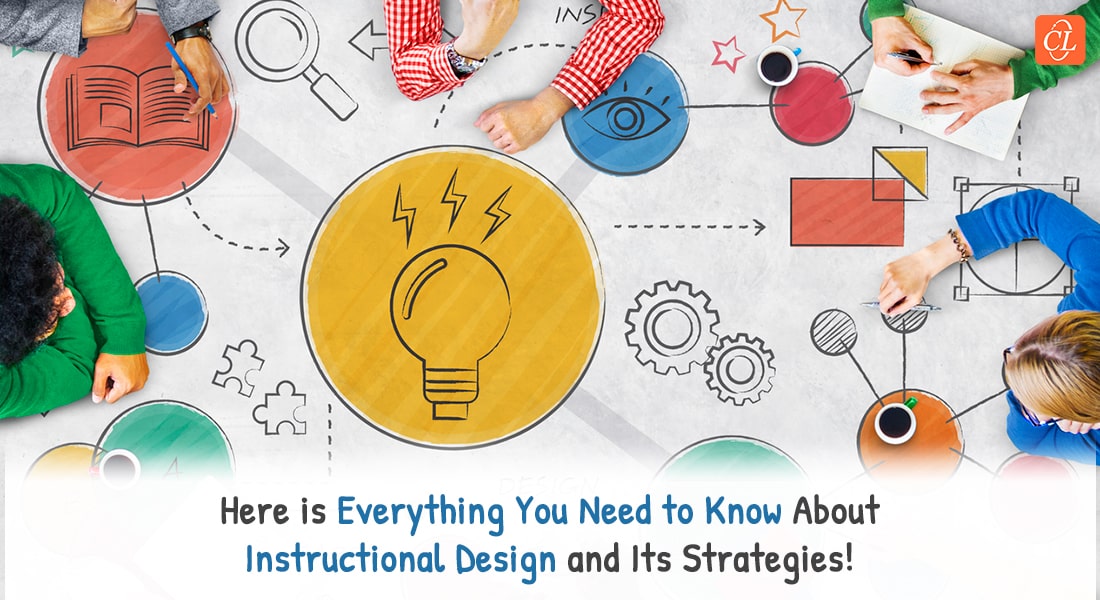Instructional Design Strategy for an Online training Course – What and Why?

Designing a course in the online format is different from learning delivered in a classroom. Many factors are involved in creating an engaging, interactive, and learner-friendly online course. This post talks about instructional design and discusses why it is important for the design of online courses.
What is Instructional Design?
According to Instructional Design Central, instructional design is the systematic process by which instructional materials are designed, developed, and delivered. The fundamental job of an instructional designer is to work with Subject Matter Experts and visual designers to produce a purposeful online learning course.
Instructional Design Models help an instructional designer accomplish this task in an effective way. InstructionalDesign.org defines instructional models as guidelines or frameworks to organize and structure the process of creating instructional activities.
According to Albemarle County Public School’s Framework for Quality Learning, an instructional model is a blueprint for teaching. However, it is up to the trainers to select the appropriate model to achieve a specific goal.
Why Instructional Design?
A plethora of information is available around us. If a learner knows he should learn something, he should also know what to learn about it. There is a lot of scope that the learner may be misguided by the vast information available on the intended topic. This is where instructional designers come into the picture. They can sort out a lot of extraneous information and ensure the important stuff is delivered to the learner.
Principles of Instructional Design
The gist of many famous instructional models lies in three basic steps: analyzing the given content, developing it according to the goals, and implementing it through proper evaluation and feedback.
1. Analyzing content:
It is very important for an instructional designer to effectively analyze the given content. Considerations such as learners’ existing level of knowledge on the content, the goals that are to be met by the course, and the proper methodology to be used to deliver the content are to be worked on very clearly. They should also consider the accessibility of the course and the ease with which it can be translated into other languages and ensure the final course is portable and globally adoptable.
2. Developing content:
Once for the designer has a clear idea of the goals of the course and the methodology to deliver, the real task is to develop the content. A lot of study has to be done on sorting the given content, and retaining only the essential information the learner needs to know. This stage includes extensive collaboration with the Subject Matter Expert and also additional research on the topic. Selecting a suitable platform for instruction, interactivities, assessment tools, mechanism for evaluation and feedback, providing for support, group interactions, etc. are the tasks accomplished under this phase.
3. Implementation through evaluation and feedback:
Here the course is put into practice; it is rolled out to learners. To update the design of the course, it is very essential to gather feedback from the learners. Evaluation of assessments will provide the designer a better understanding of whether the goals of the course have been met.
The main purpose of instructional design is to ensure proper content is delivered to the learner, effectively. Do share if you have anything to say on the topic.





